Japan has produced internationally renowned architects, which enables you to come across their masterpieces during your Japan travel.
Here we introduce worth-visiting architectures in Shizuoka. Take a bullet train from Tokyo for about 1-2 hours and enjoy the incredible masterpieces there!
Table of Contents
Mikuni Izukogen – Kengo Kuma


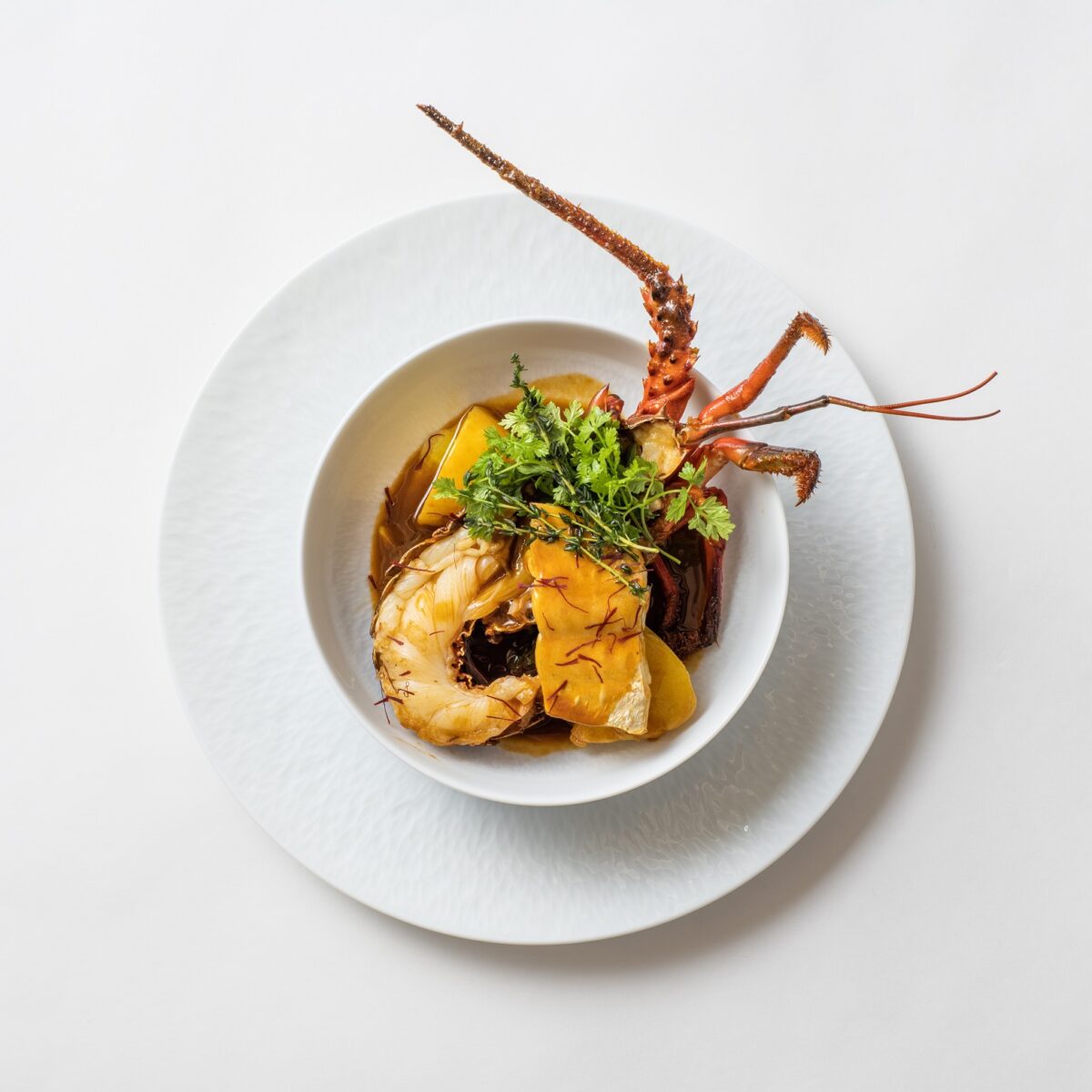
Mikuni is a Mediterranean fine dining restaurant set in Izu’s beautiful highlands. Top chef Kiyomi Mikuni and architect Kengo Kuma combine their talents to reflect the sea, sun and the land of the Izu Peninsula – reminiscent of the Mediterranean. The striking wooden structure creates a simple yet powerful space, while the glass surfaces around the perimeter offer views of the magnificent Sagami Bay.
Sanyo-so – Togo Murano
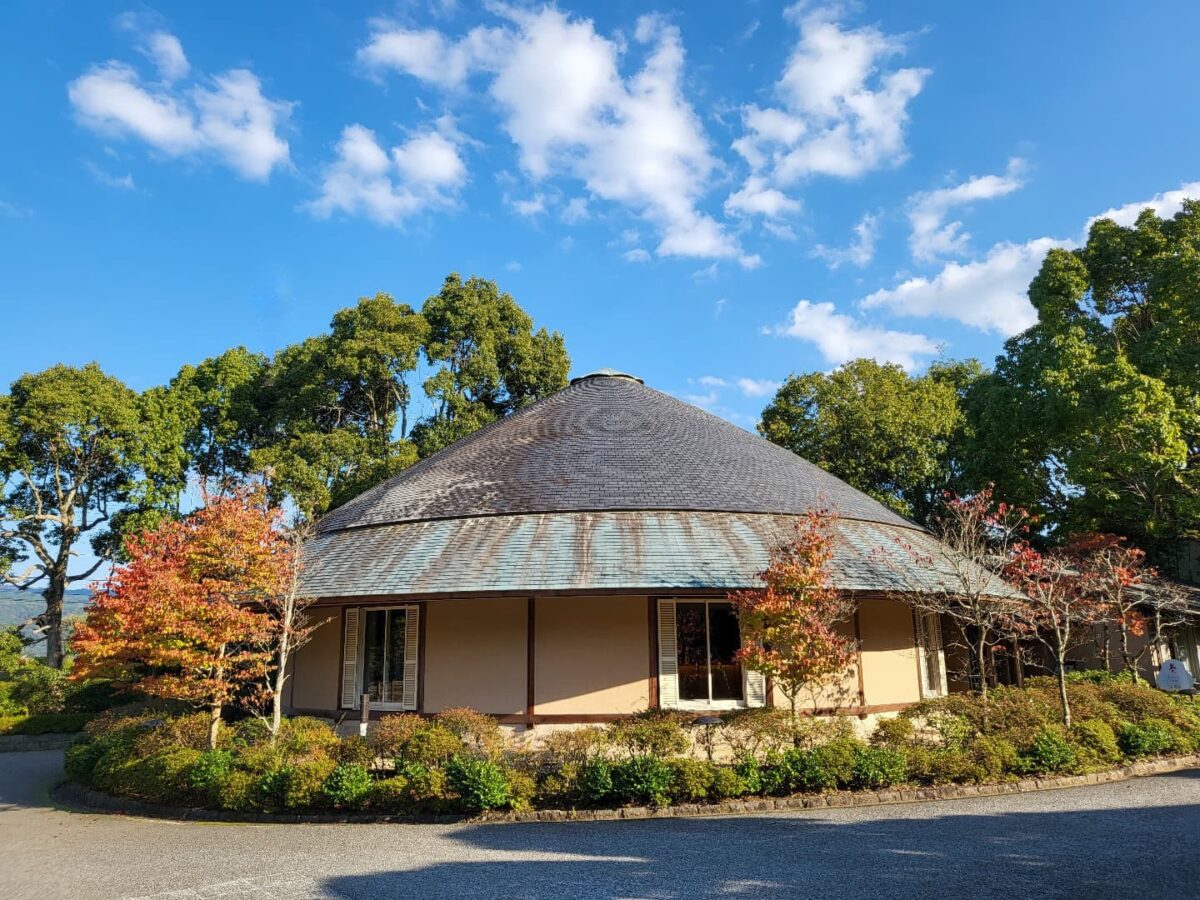
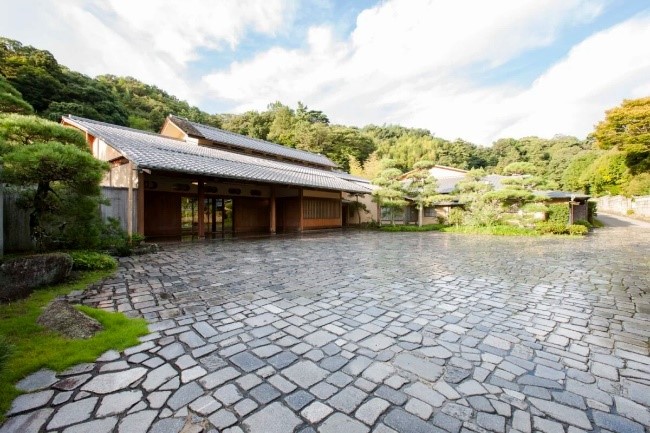
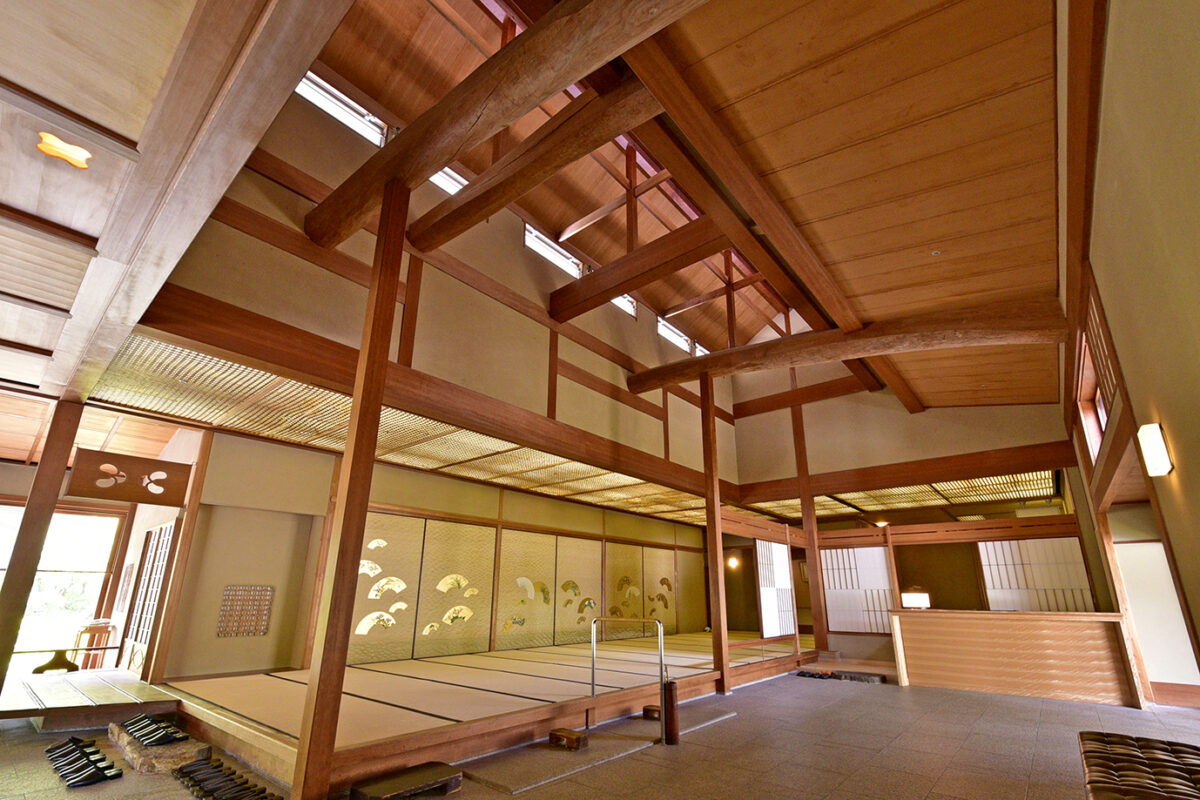
Sanyo-so is a ryokan-style inn nestled at Izu Peninsula. It was originally built in 1929 by the family of the Mitsubishi Conglomerate. The stylish ‘tea-ceremony’ style home was built in the middle of a vast Japanese garden that continues to be exquisitely manicured even today.
In 1988, new buildings designed by Togo Murano opened (designed after Togo Murano turned 90!) to maximize natural geological formations. Despite being flat houses, the new buildings have a unique design incorporating stairs and corridors connecting the guest houses.
Coeda House (Within the grounds of ACAO FOREST) – Kengo Kuma
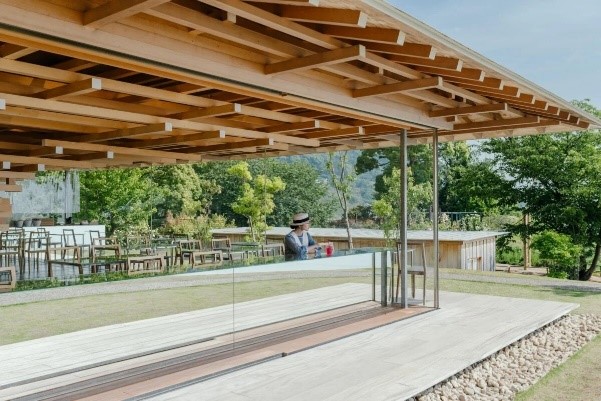
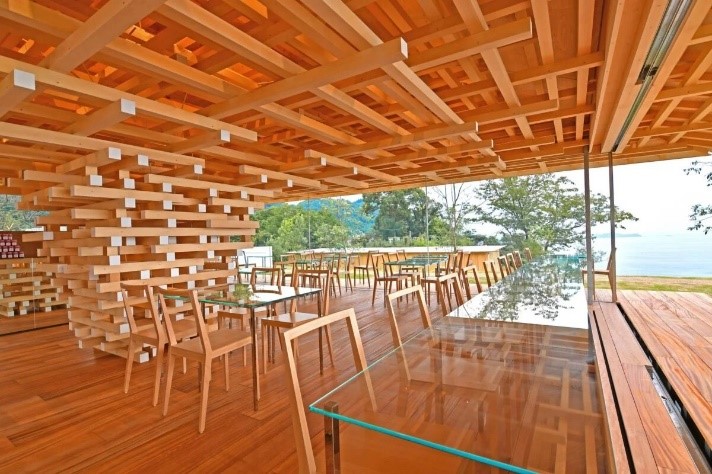
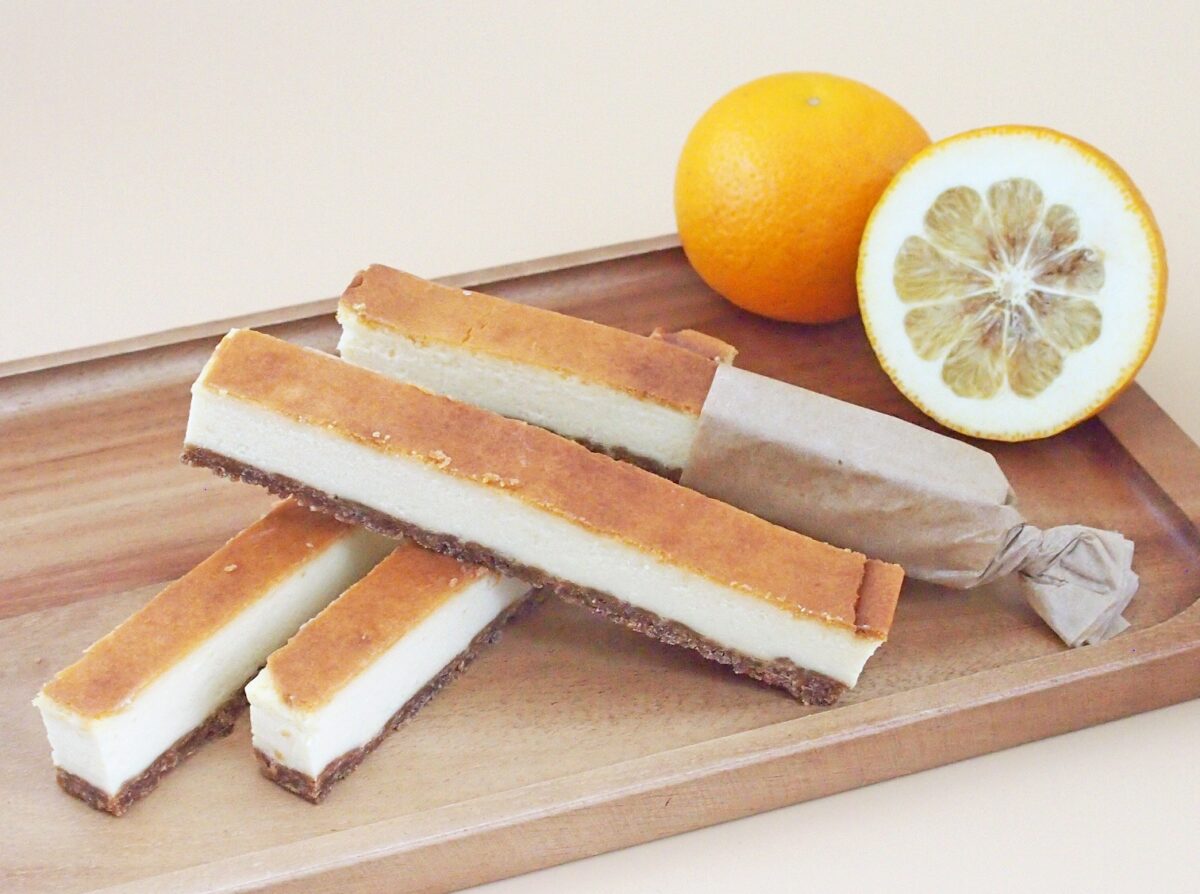
COEDA HOUSE is a café that serves sweets made with local ingredients. The name COEDA is made up of the words “CO”, which means “to gather”, and “EDA”, which means “small branches”, which come together to form a large tree. COEDA is a place for “people gathering under the tree”.
Kuma created a structure that resembles a large tree made up of small branches, with an exterior made of glass to mirror and blend in with the rose garden.
The laminated structure is anchored by 12 carbon fibers arranged in a radial pattern, which connects the foundation to the hanging wall above the opening, thus resisting tremors caused by earthquakes and wind.
Kannami Buddha statues Museum – Akira Kuryu
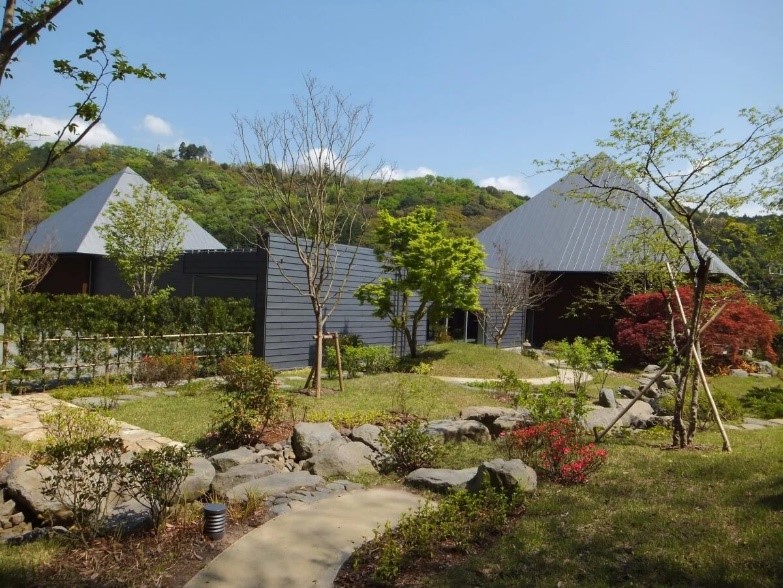
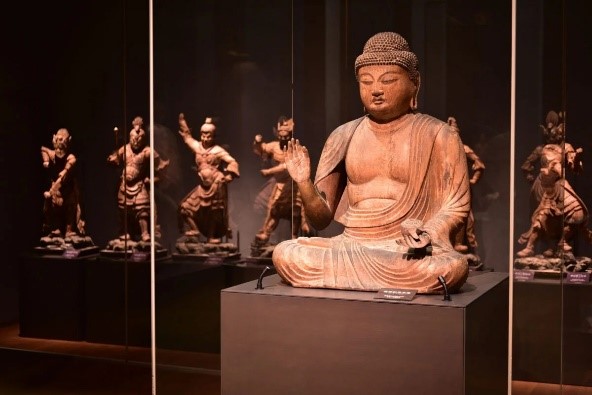
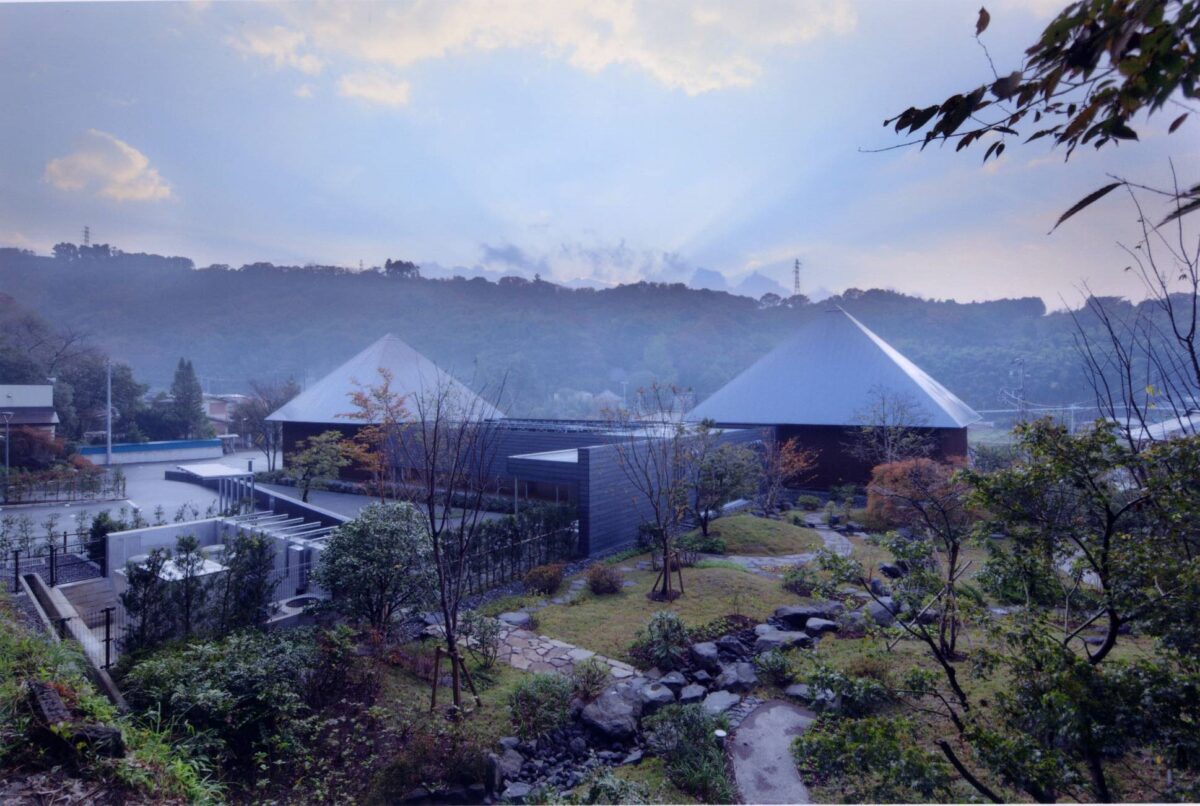
The Buddhist statues of Kuwahara Yakushido were the guardian Buddhas of the people of Kannami Town.
The Kuwahara Yakushido Hall has provided a place of solace for the people of Kannami town for many years. This spiritual role underlays the planning and design of the Kannami Buddha Statues Museum to make it appear like a ‘堂’ (dō) or hall. Built as a place to enshrine the Buddha, the goal of this museum is to make a building that will be more than a simple square building.
Toraya Kobo – Hiroshi Naito



Toraya Kobo is a wagashi sweets store built on a site adjacent to the Former Kishi Residence, which was designed by famous architect Isoya Yoshida as the private residence of Nobusuke Kishi, one of the most influential statesmen in Japan’s post war era.
The new building designed by Hiroshi Naito gently curves like it’s holding in the expansive garden. The semi-exterior space created between the cafe terrace and the wagashi sweets store draws the air from the garden and blends it with the green landscape.
Mt. Fuji World Heritage Centre, SHIZUOKA – Shigeru Ban
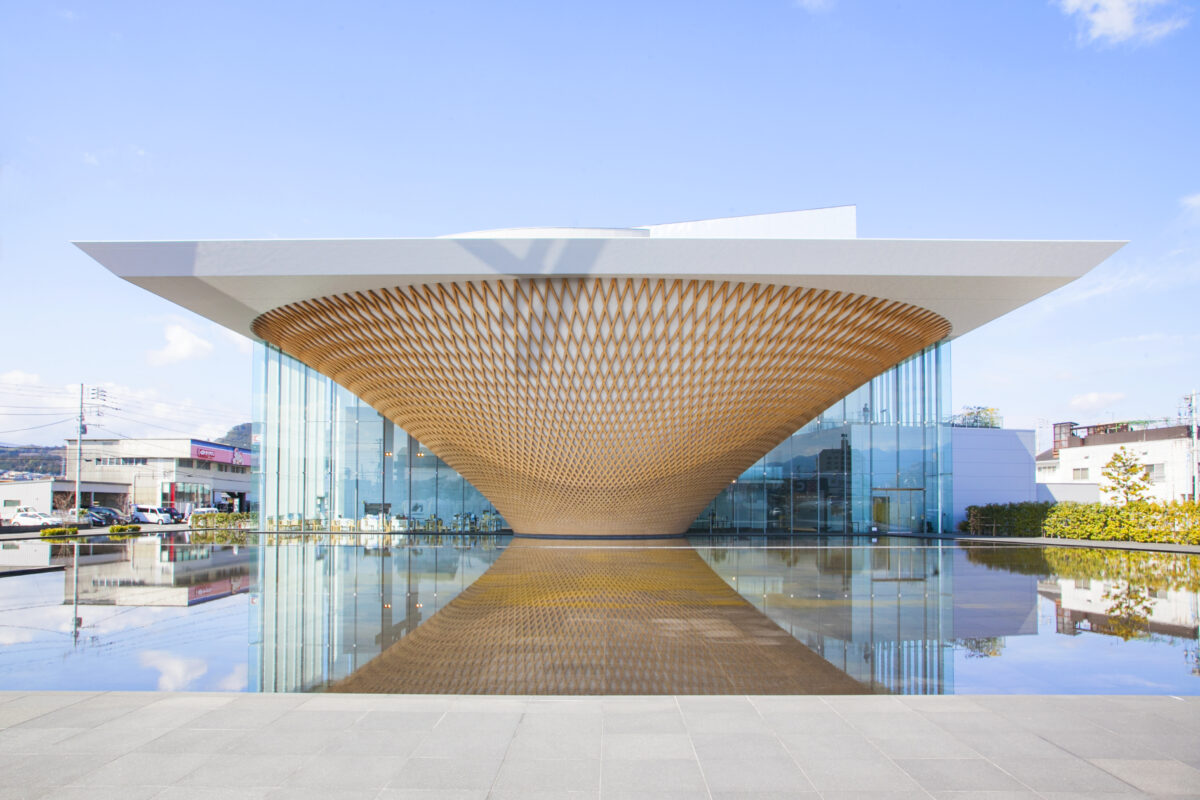

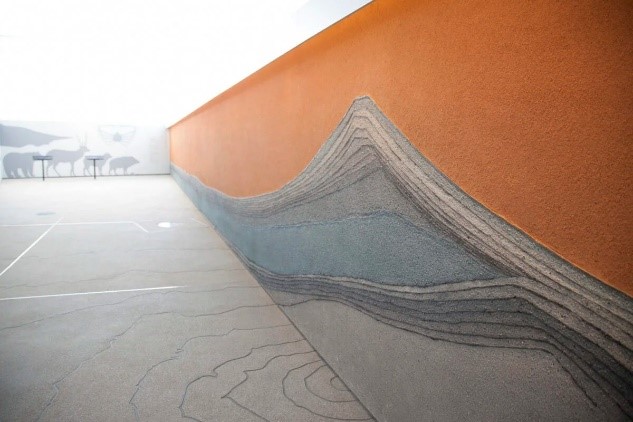
A striking feature is the inverted lattice cone as the centerpiece of the building. The water from Fuji, drawn in from underground, forms a basin at the front of the building, and the composition of an “upside-down Fuji” becomes a reflection of Mt. Fuji.
The 190-metre-long walkway that spirals inside the cone to the top floor, allows visitors to experience a simulated mountain climbing experience. You can see elements of Shigeru Ban’s signature cardboard cylinders also used in this building.
Nihondaira Yume Terrace – Kengo Kuma


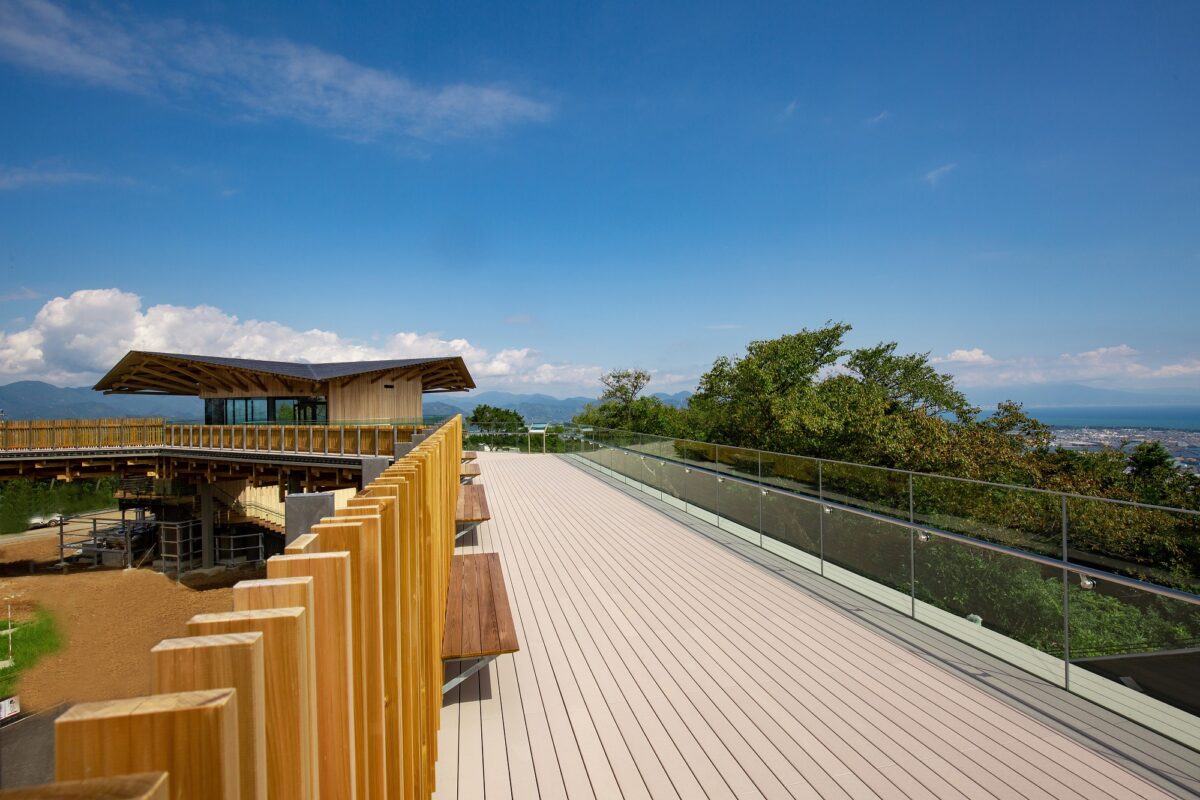
This observation facility is built at the top of Nihondaira, a famous scenic spot overlooking Mt. Fuji and Suruga Bay. Inspired by the Horyu-ji Temple’s Yumedono, the octagonal geometry of the building uses local Shizuoka cypress wood to give it the complexity of a tree branch, creating a forest-like interior that calls out to the grandeur of Mt. Fuji.
Shiseido Art House – Yoshio Taniguchi &Shinsuke Takamiya
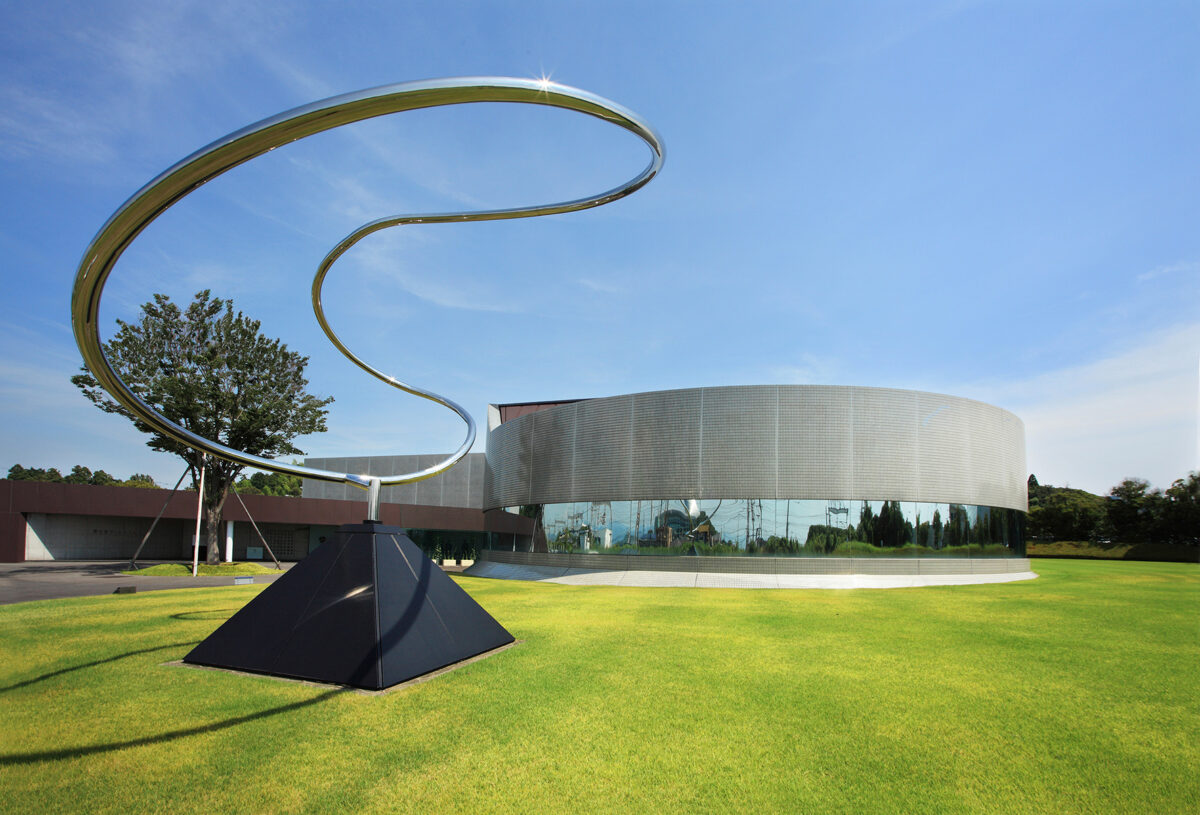
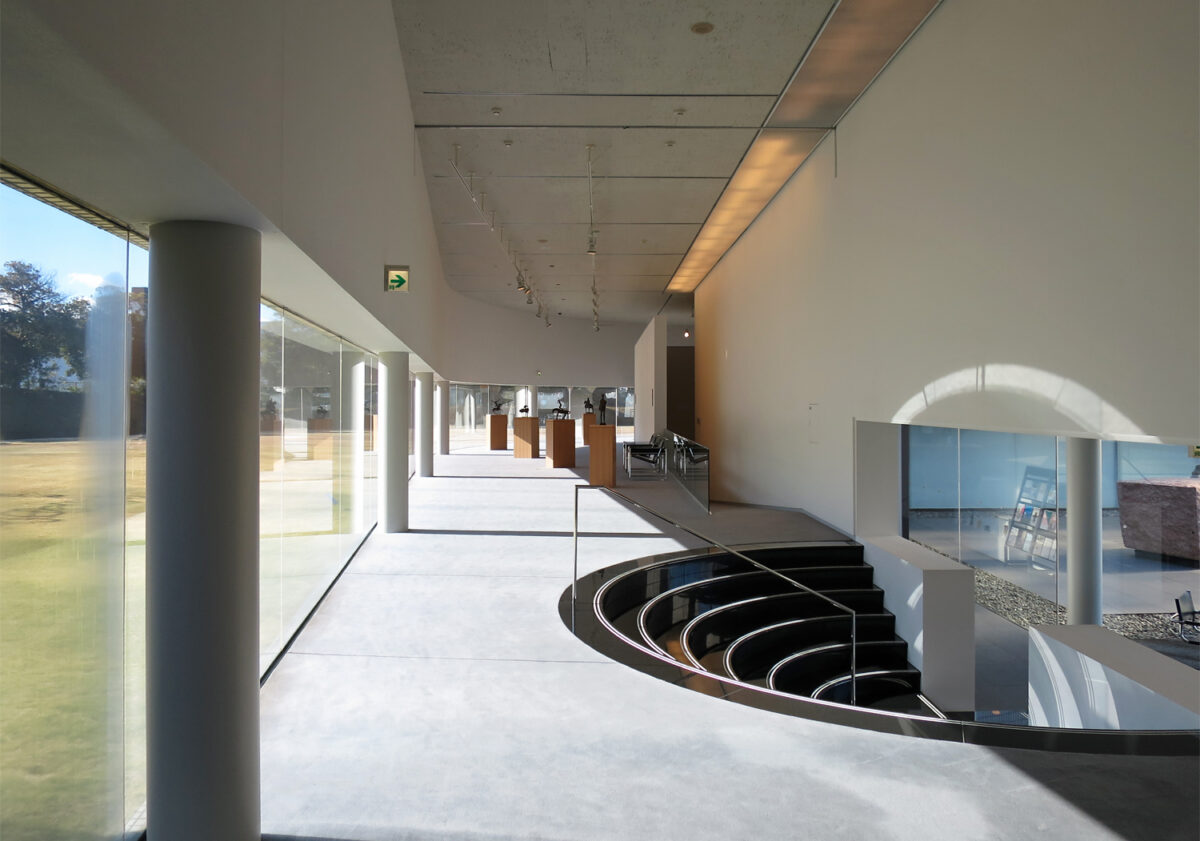
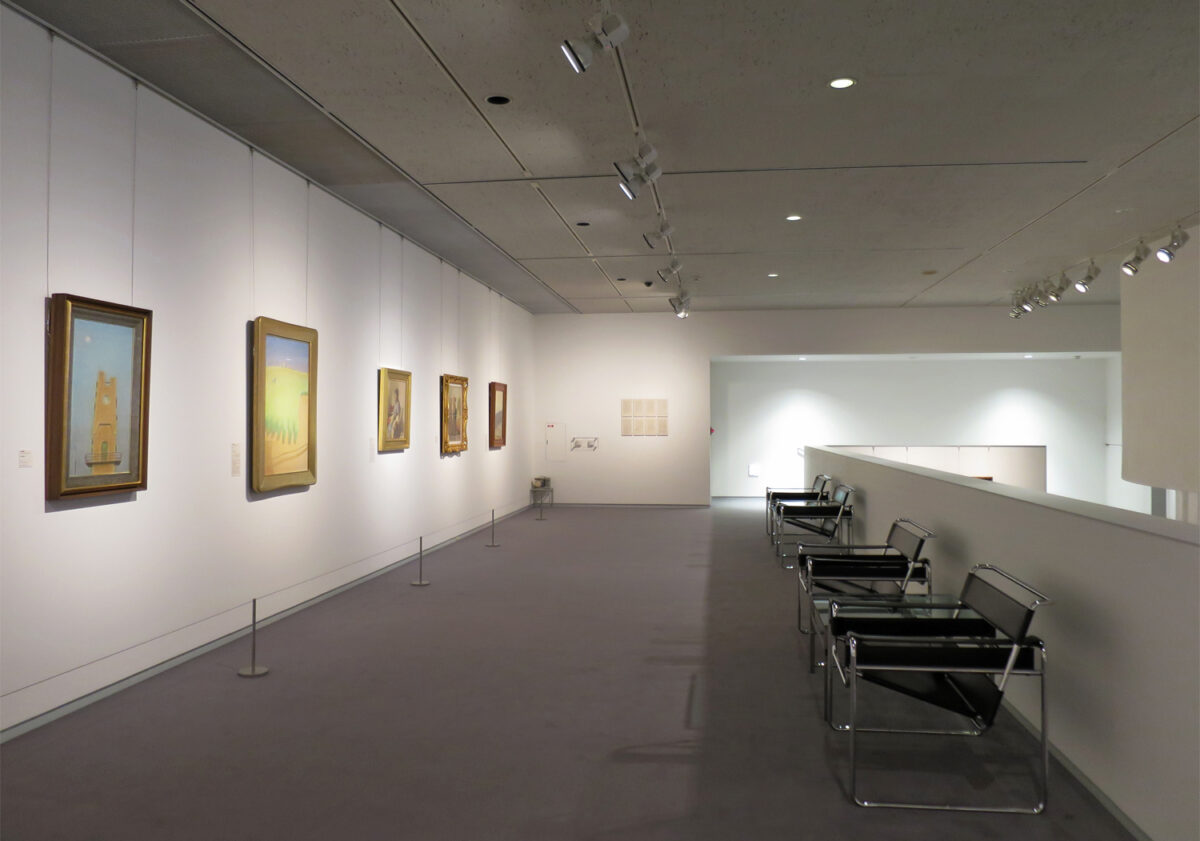
The building is a masterpiece of modernist architecture of the 1970s and was awarded the 1980 Architectural Institute of Japan Prize. The curved glass mirrored windows are designed to beautifully reflect the Shinkansen (bullet train) as it passes by.
Since its renewal in 2002, the Shiseido Art House has enhanced its function as an art museum, collecting and preserving outstanding modern and contemporary works of art, as well as acting as a cultural facility open to the public.
Akino Fuku Museum – Terunobu Fujimori
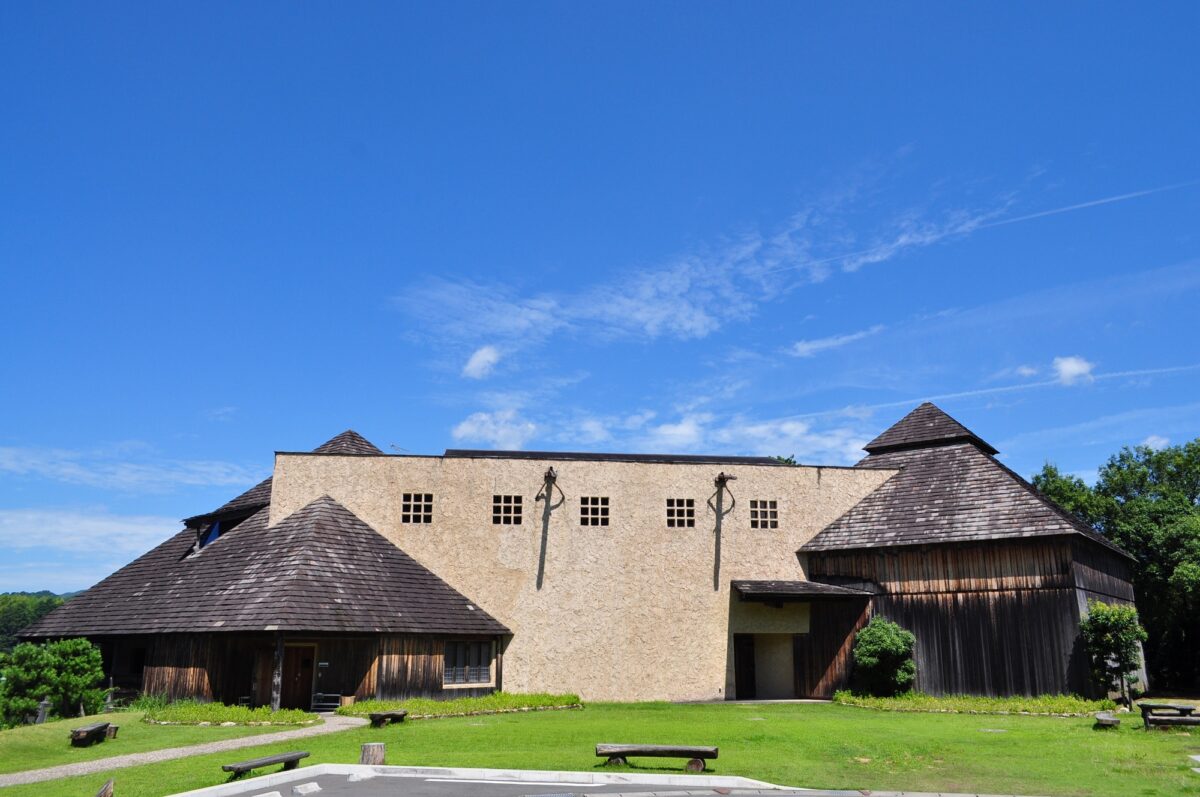

-1200x929.jpg)
The building is made of natural materials, such as locally produced Tenryu cedar and plastered walls, to ensure a harmony with nature. The floors of the exhibition rooms are covered with rattan and marble, and visitors are encouraged to take off their footwear to connect with the ground.
